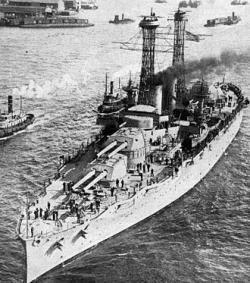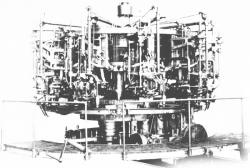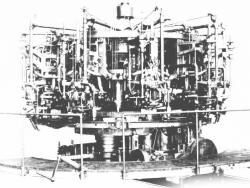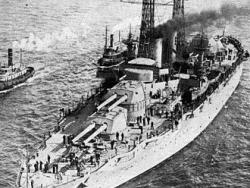The U.S.S. Texas is the last surviving warship of its kind--powered by reciprocating steam engines. It was built during a period in which naval authorities were switching to the newly-developed steam turbine for propulsion, but were unsure of its suitability. Only one more warship, the New York, commissioned one month after the Texas, was to be powered by the reciprocating engines.
1912


Only since 1912 have glass jars and bottles been in cheap and plentiful supply for pharmaceuticals, household products, food and beverages, and an endless variety of uses. The bottle-making machine introduced the safety, standardization, quality, and convenience of glass containers. Not only did they revolutionize the industry, the Owens machines ended child labor in glass-container plants. In 1913, the National Child Labor Committee of New York City said the rapid introduction of the automatic machine did more to eliminate child labor than they had been able to do through legislation.
Innovations

Only since 1912 have glass jars and bottles been in cheap and plentiful supply for pharmaceuticals, household products, food and beverages, and an endless variety of uses. The bottle-making machine introduced the safety, standardization, quality, and convenience of glass containers. Not only did…
Read More
The U.S.S. Texas is the last surviving warship of its kind--powered by reciprocating steam engines. It was built during a period in which naval authorities were switching to the newly-developed steam turbine for propulsion, but were unsure of its suitability. Only one more warship, the New York…
Read More

